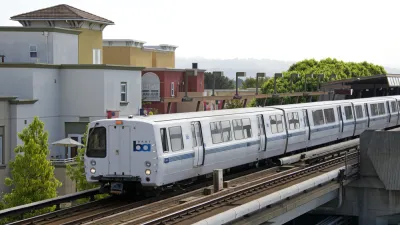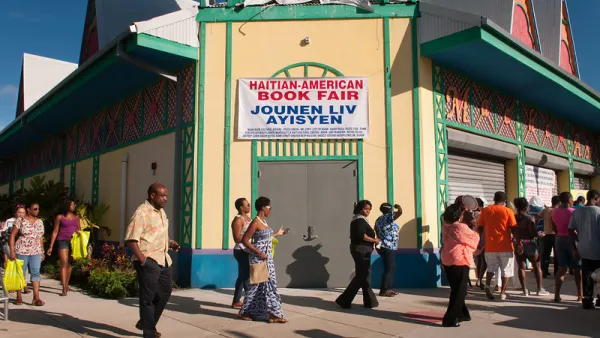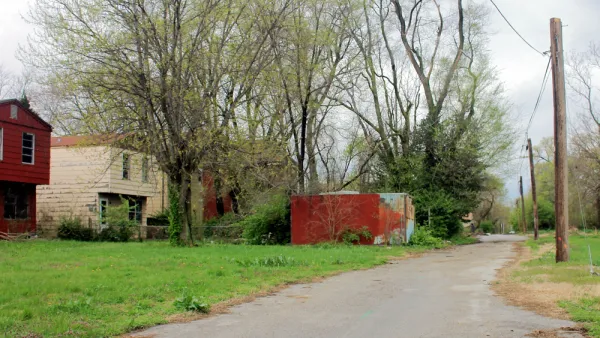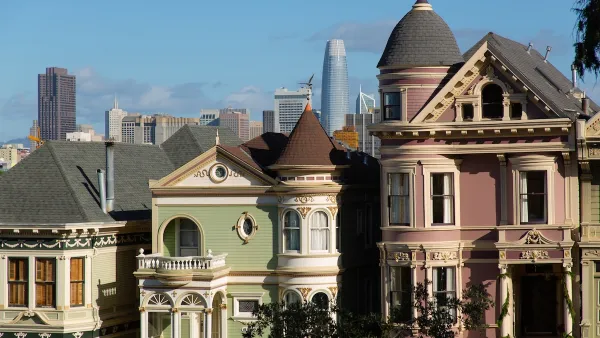Recent analysis identifies nearly 200 U.S. neighborhoods that have achieved the highly-sought-after goal of increasing the prosperity of residents without displacing the existing community.

Nearly 200 U.S. neighborhoods defined by concentrated poverty have reduced poverty without displacing current residents—showing that investments in neighborhoods are possible without causing displacement.
The findings come from the “Reducing poverty without community displacement: Indicators of inclusive prosperity in U.S. neighborhoods” report written by Rohit Acharya and Rhett Morris for the Brooking Institution. Other key findings from the report include evidence of inclusive prosperity as a hallmark of these neighborhoods: better-than-the-national-average retention of local residents alongside increasing property values and small business activity.
The research findings greatly expand the number of case studies available of low-income neighborhoods allowing investment without displacing the community. Fear of gentrification is often cited as a reason for opposing investment in vulnerable communities—but these findings suggest that investment without displacement is possible.
The report also identified eight indicators of neighborhoods achieving inclusive prosperity. External indicators, from the environment around the neighborhood, include positive economic growth, lower homicide rates, and low risk of displacement. Five internal indicators, which show the prosperity of residents within the neighborhood, include higher rates of homeownership, lower residential vacancy, increased housing density, greater self-employment, and the presence of community organizations.
Previous Planetizen coverage of the connection between increased levels of investment and displacement:
- Is Urban Revitalization Possible Without Displacement and Gentrification? (June 2014)
- The False Choice in the Gentrification Debate (October 2014)
- Surveying the Academic Findings about Gentrification and Displacement (September 2015)
- Researchers Find a Model of Redevelopment Without Displacement (April 2018)
- Watch: 'Revitalization Without Gentrification' (May 2019)
- Revitalization Without Displacement: A New Model From Miami (October 2020)
- Who’s Afraid of Gentrification? (June 2022)
FULL STORY: Reducing poverty without community displacement: Indicators of inclusive prosperity in U.S. neighborhoods

Analysis: Cybertruck Fatality Rate Far Exceeds That of Ford Pinto
The Tesla Cybertruck was recalled seven times last year.

National Parks Layoffs Will Cause Communities to Lose Billions
Thousands of essential park workers were laid off this week, just before the busy spring break season.

Retro-silient?: America’s First “Eco-burb,” The Woodlands Turns 50
A master-planned community north of Houston offers lessons on green infrastructure and resilient design, but falls short of its founder’s lofty affordability and walkability goals.

Test News Post 1
This is a summary

Analysis: Cybertruck Fatality Rate Far Exceeds That of Ford Pinto
The Tesla Cybertruck was recalled seven times last year.

Test News Headline 46
Test for the image on the front page.
Urban Design for Planners 1: Software Tools
This six-course series explores essential urban design concepts using open source software and equips planners with the tools they need to participate fully in the urban design process.
Planning for Universal Design
Learn the tools for implementing Universal Design in planning regulations.
EMC Planning Group, Inc.
Planetizen
Planetizen
Mpact (formerly Rail~Volution)
Great Falls Development Authority, Inc.
HUDs Office of Policy Development and Research
NYU Wagner Graduate School of Public Service




























